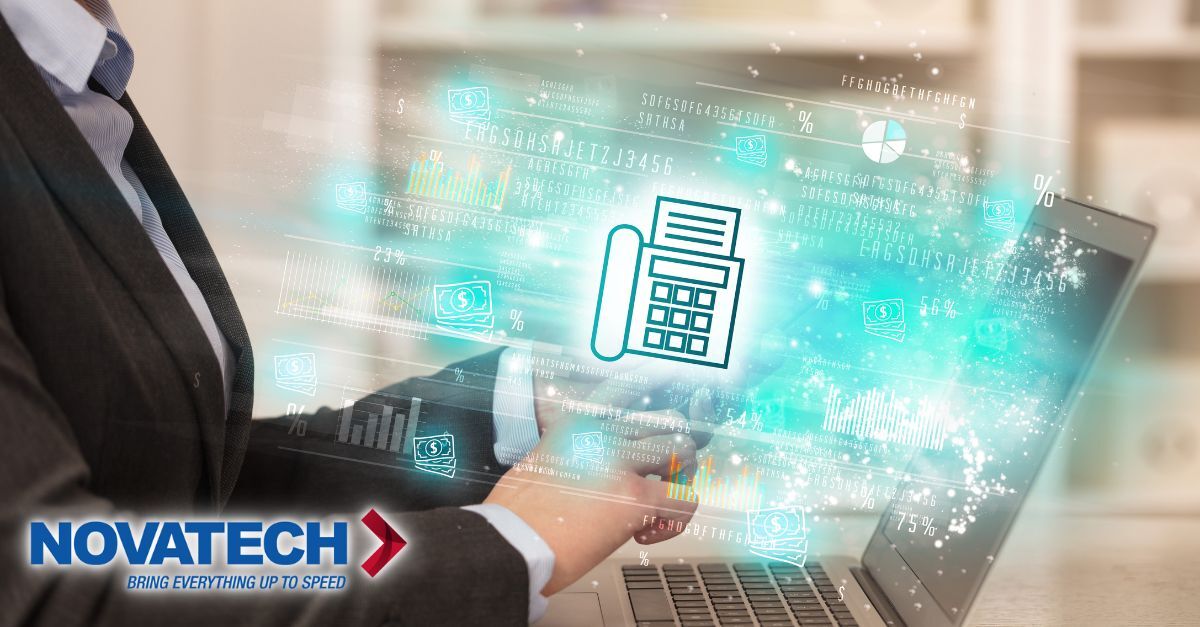The History of Faxing: From Revolutionary to Digital Evolution in 2024
4 min read

The sound of a fax machine dialing into a phone line and the hum of paper being printed on the other end might feel like a blast from the past, but faxing has a much deeper history than most realize. Fax machines played a crucial role in business communications for decades and, surprisingly, are still evolving today in the digital era. Let’s take a journey through the history of faxing and see where this technology stands in 2024.
1843: The First Fax Machine – A Surprisingly Early Invention
Believe it or not, the origins of faxing date back to 1843, well before the telephone was even invented! Alexander Bain, a Scottish clockmaker, is credited with creating the first primitive facsimile machine. His invention used pendulums and electric signals to scan images line by line and transmit them over telegraph wires. Bain’s machine is considered the first version of a fax machine, and while it wasn’t a commercial success at the time, it laid the groundwork for what was to come.
1920s-1940s: Faxing Finds Its Place in Broadcasting
Fast-forward to the 1920s, and fax technology began to find its niche. During this time, companies like AT&T and Radio Corporation of America (RCA) developed fax systems to transmit weather maps, news photographs, and other important documents. In fact, during World War II, fax machines were used to transmit critical military intelligence, thanks to advancements by Western Union and Siemens.
1964: The Modern Fax Machine Emerges
The next major leap in fax technology came in 1964 when Xerox introduced the Magnafax Telecopier. This machine could transmit a letter-sized document in six minutes, far faster than previous models. By the late 1960s, faxing was becoming more common in business settings. Xerox’s machine used telephone lines to transmit documents, and it set the stage for the rapid adoption of faxing in the years to come.
1980s: The Golden Age of Faxing
The 1980s saw the fax machine boom. Technological advancements reduced the time it took to send a fax from minutes to seconds, making faxing an indispensable tool in every office. The introduction of G3 fax machines, which standardized fax protocols worldwide, was a key factor in making faxing fast, affordable, and widespread.
Fun Fact: The 1980s is when faxing really became a symbol of speed in business communication, helping companies exchange contracts, orders, and documents within minutes.
1990s: The Era of Ubiquity
By the 1990s, fax machines were nearly ubiquitous in offices around the world. They were found everywhere from small businesses to multinational corporations. Laser printing also became a common feature in fax machines, improving the quality of faxed documents. The combination of fax machines and phone lines created a communications backbone that allowed businesses to operate efficiently across distances.
The 2000s: The Decline of Physical Fax Machines
As the internet began to dominate in the 2000s, faxing via physical machines began to decline. The rise of email, scanning, and cloud-based document sharing meant that businesses were looking for faster, more efficient ways to send documents. However, faxing wasn’t entirely abandoned. Instead, it evolved.
The concept of “cloud faxing” or “e-faxing” became popular, allowing businesses to send and receive faxes over the internet without a physical fax machine. Companies like eFax began offering services that allowed documents to be faxed via email. This shift moved faxing into the digital realm, maintaining its importance while minimizing reliance on traditional phone lines.
2024: Where is Fax Technology Today?
Today, in 2024, faxing is still very much alive, though it looks quite different than it did in its heyday. Modern faxing is almost entirely digital, with cloud faxing solutions offering a range of benefits that traditional fax machines couldn’t match. These include:
- Security: In industries like healthcare and legal services, faxing remains critical because it offers a secure way to transmit documents. Cloud fax solutions now integrate encryption and other cybersecurity measures to ensure data privacy.
- Paperless Faxing: Today’s faxing solutions are environmentally friendly, eliminating the need for paper and ink. Documents can be sent and stored digitally, reducing office waste and improving efficiency.
- Seamless Integration: Cloud fax services can integrate with email, document management systems, and business applications, making faxing easier and faster than ever before.
- Compliance: Many industries require the use of faxing to ensure compliance with legal regulations, including HIPAA in healthcare and Sarbanes-Oxley in finance. Cloud faxing solutions help businesses meet these requirements.
At Novatech, we provide modern, secure cloud fax solutions as part of our Fortress managed cybersecurity services. We help businesses transition from traditional faxing to more efficient, cost-effective, and secure methods. Our solutions allow for seamless integration with your existing systems and ensure that your documents remain safe and compliant.
Want to learn more about secure cloud faxing solutions? Contact Novatech today to see how we can help your business stay ahead with modern fax technology and enhance your cybersecurity practices.


